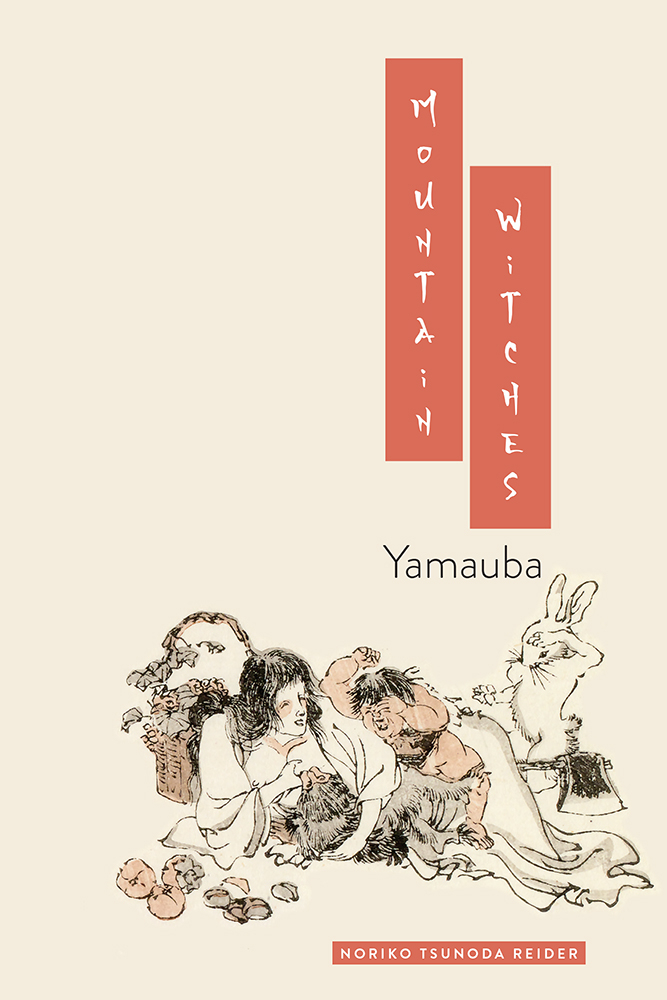
Mountain Witches
Yamauba
Noriko Tsunoda Reider
U TAH S TATE U NIVERSITY P RESS
Logan
2021 by University Press of Colorado
Published by Utah State University Press
An imprint of University Press of Colorado
245 Century Circle, Suite 202
Louisville, Colorado 80027
All rights reserved.
 The University Press of Colorado is a proud member of the Association of University Presses.
The University Press of Colorado is a proud member of the Association of University Presses.
The University Press of Colorado is a cooperative publishing enterprise supported, in part, by Adams State University, Colorado State University, Fort Lewis College, Metropolitan State University of Denver, Regis University, University of Colorado, University of Northern Colorado, University of Wyoming, Utah State University, and Western Colorado University.
ISBN: 978-1-64642-054-4 (paperback)
ISBN: 978-1-64642-055-1 (ebook)
https://doi.org/10.7330/9781646420551
Library of Congress Cataloging-in-Publication Data
Names: Reider, Noriko T., author.
Title: Mountain witches : yamauba / by Noriko Reider.
Description: Logan : Utah State University Press, [2020] | Includes bibliographical references and index.
Identifiers: LCCN 2021003990 (print) | LCCN 2021003991 (ebook) | ISBN 9781646420544 (paperback) | ISBN 9781646420551 (ebook)
Subjects: LCSH: Ykai (Japanese folklore) | CronesJapanFolklore. | Witches in literature. | Supernatural in literature. | FolkloreJapan.
Classification: LCC GR340 .R355 2020 (print) | LCC GR340 (ebook) | DDC 398.20952dc23
LC record available at https://lccn.loc.gov/2021003990
LC ebook record available at https://lccn.loc.gov/2021003991
Cover illustration: Yamauba in Kokkei sharekygaen (Cornucopia of humorous pictures) by Maki Bokusen (17751824), courtesy of International Research Center for Japanese Studies
To Brent, MaryEllen, and Warwick Reider
My family, my love
Contents
Yamauba in Bakemono zukushi emaki (Picture scroll of monsters, Edo period), by Hokusai Suechika
Futakuchi onna from Tsanjin yawa
Blossom Princess encounters the yamauba.
Yamanba in the noh play Ngaku zu e: Yamanba
The oni-woman in the noh play Kurozuka (Adachigahara)
The woman spinning in the noh play Kurozuka (Adachigahara)
Yamauba Shrine on Mt. Akiha
Yamauba in Ehon Raik ichidai ki (Illustrated book of Raiks life, 1796), by Okada Gyokuzan (17371808)
Yamauba in Kokkei sharekygaen (Cornucopia of humorous pictures), by Maki Bokusen (17751824)
Yamauba Nursing Kintoki, by Kitagawa Utamaro (17531806)
Yamauba in Hyakki yagy (Pictures of one hundred demons strolling at night, 1776 [1805]), by Toriyama Sekien
The evil spirit of Throne of Blood
Rba oni no ude o mochisaru zu (Old woman leaving with the onis arm, 1889), by Tsukioka Yoshitoshi (18391892)
Statue of Datsueba in Shjuin temple in Shinjuku ward, Tokyo
The Moon and the Abandoned Old Woman, 1891, by Tsukioka Yoshitoshi (18391892)
A yamanba-gyaru in Shibuya
Shibuya scramble crossing and 109 Building
Yamauba, the Mountain Woman, by Nagasawa Rosetsu (17541799)
Yamauba and oni are among the cornerstones in my life that have made it so fascinating. In the score and more years Ive been writing about the supernatural in literature Ive benefited from the guidance of many exceptional people. I owe special thanks to Peter Knecht, Shelley Fenno Quinn, Richard Torrance, and Mark Bender, whose intellectual guidance has been wonderful. Komatsu Kazuhiko, Yamada Shji, John Breen, Yasui Manami, Kiba Takatoshi, Araki Hiroshi, Inaga Shigemi, Kusunoki Ayako, Shiraishi Eri, Goza Yichi, and Saka Chihiro of the International Research Center for Japanese Studies (Nichibunken) have been gracious in their assistance and encouragement. I am also very grateful to a great many scholars and intellectuals, including Tokuda Kazuo, Asakura Yoshiyuki, Kagawa Masanobu, Sasaki Takahiro, Tokunaga Seiko, Nagahara Junko, Matsumura Kaoruko, Michael Dylan Foster, Rebecca Copeland, Ann Sherif, Keller Kimbrough, Cody Poulton, Mauricio Martinez, Yuriko Suzuki, Felicia Katz-Harris, and Ben Dorman. The two anonymous reviewers of the manuscript were immensely generous and kind, giving valuable comments. Likewise, comments, friendship, and encouragement from the members of the Midwest Japan Seminar (MJS), especially Ethan Segal, Michael Bathgate, Louis Perez, Laura Miller, Elizabeth Lublin, Roy Hanashiro, and Thomas Rogers, are much appreciated. Discussions at meetings of the Midwest Japan Seminar have been invaluable for my publications. The students in my course Japanese Tales of the Supernatural at Miami Universiy have always been an inspiration, giving me new ideas and perspectives.
Utah State University Press acquistions editor Rachael Levay, director Darrin Pratt, assistant director and managing editor Laura Furney, and production manager Daniel Pratt have been so helpful and encouraging. Anne Morris Hooke, my neighbor and friend, Suzy Cincone and Robin DuBlanc, professional copyeditors, were professional and patient in proofreading my English. Appreciation is also extended to the staff at museums and historical sites in Japan and the United States. The staff at the Interlibrary Loan Office of Miami University Libraries and at the International Research Center for Japanese Studies have been invaluable in helping me obtain the many books and articles I requested for research. Many thanks go to the International Research Center for Japanese Studies, the Iwase Bunko Library of Nishio City, Ritsumeikan University Art Research Center, Hiroshima University Library, Japanese National Diet Digital Library, Itsukushima Shrine, Museum of Fine Arts, Boston, and Dayton Art Museum for supplying the illustrations for the book.
My colleagues in the Department of German, Russian, Asian, and Middle Eastern Languages and Cultures (GRAMELAC) at Miami University, especially Margaret Ziolkowski, John Jeep, Shi Liang, and Kazue Harada, as well as the director of the Interactive Language Resource Center, Daniel Meyers, and Stan Toops and Ann Wicks of the East Asian Studies Program, are exemplars of collegialitysupportive always.
The research in this book was made possible by financial support from Miami University (through a Faculty Improvement Leave in the academic year of 20182019), the Committee of Faculty Research, the JapanUnited States Friendship Commission, the Northeast Asia Council of the Association for Asian Studies, and the International Research Center for Japanese Studies in Kyoto. The environmentfaculty, staff, resource, facilities, locationof the International Research Center for Japanese Studies, where I stayed from January to July 2019, was superb and provided marvelous access to sources indispensable to completing this manuscript.
is an expanded version of an article I submitted to Japan Reivew in 2018. John Breen, the editor of Japan Review, and the two anonymous reviewers provided valuable comments that enabled me to enhance reader comprehension. When the publication date of this manuscript was advanced, the article was withdrawn, but their guidance specific to the work remains.
Finally, but not least, the love and encouragement of my familymy husband Brent, daughter MaryEllen, and son Warwickare as precious as they are inspirational. As Brent was diagnosed with cancer in the winter of 2020 over 2021, my family have fought the illness with him together in unison under the COVID-19 environment. This book is thus dedicated to my family.
Next page

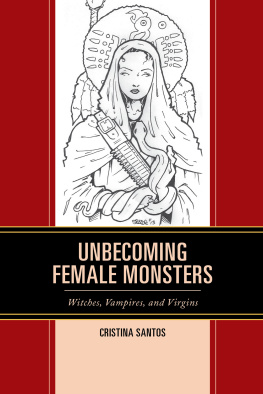
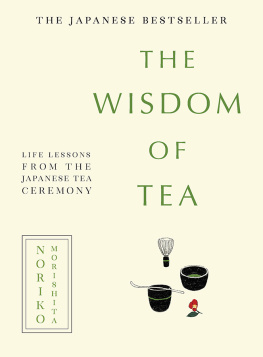
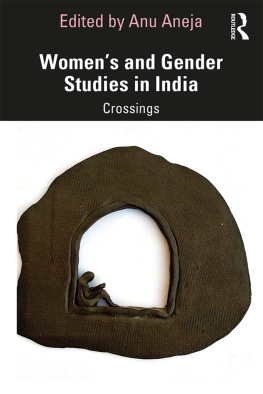
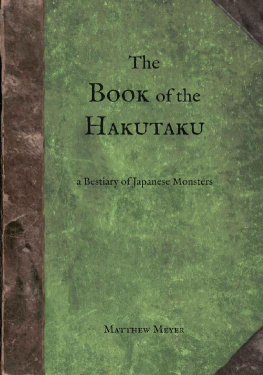
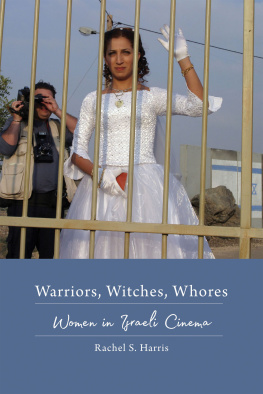

 The University Press of Colorado is a proud member of the Association of University Presses.
The University Press of Colorado is a proud member of the Association of University Presses.